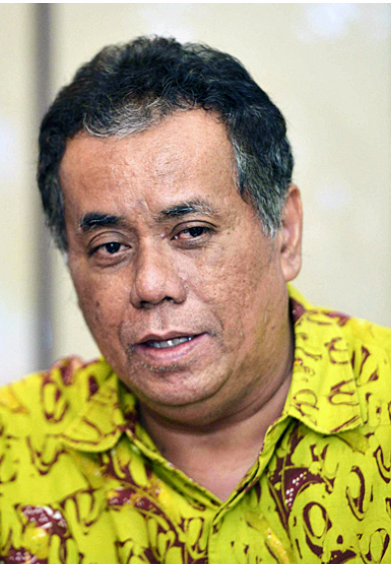Indonesia experienced an improvement in external conditions in the third quarter of 2019. Overall, the balance of payments is still a deficit of 46 million US dollars.
Indonesia experienced an improvement in external conditions in the third quarter of 2019. Overall, the balance of payments is still a deficit of 46 million US dollars. However, this condition is better than the deficit of nearly two billion US dollars in quarter II-2019. This improvement occurred mainly due to a surplus of 1.255 billion US dollars in the goods balance in the third quarter of 2019. As a result, the current account deficit was reduced to 7.685 billion US dollars, from 8.151 billion US dollars in quarter II-2019.
Capital inflows helped offset the current account deficit. However, Indonesia’s balance of payments remains in deficit due to negative primary income streams, as repatriation of capital compensation from foreigners, including income from expatriates. In quarter III-2019, primary income was a deficit of US $ 8.4 billion, which was partially compensated by a surplus of secondary income which reached 1.78 billion US dollars.
Short term vs long term
The trend in October 2019, as the first month in quarter IV-2019, also looks promising. The Central Statistics Agency announced, the monthly export value grew 5.92 percent. Meanwhile, the annual export value fell 6.13 percent. On the other hand, imports increased 3.57 percent on a monthly basis, while on an annual basis it dropped 16 percent. Overall in October a surplus of 161.3 million US dollars was created.
Layman’s question, how to translate the above data is confusing. There are several things. First, the short-term versus long-term trends. Second, is the increase in imports good. The answer is very complex, not just yes or no. Negative annual growth explains the situation is not as good as before. The situation in 2018 is different from 2019.
On the other hand, positive month-on-month export growth shows the world welcomes the prospect of US-China trade peace, which is actually also still tough. However, after all this time only hearing negative news, anything that smells positive will almost certainly get a warm welcome. However, this shows once again that Indonesia’s exports on a commodity basis are still dependent on international wind. The increase in imports on a monthly basis is also a reflection of the dependence of Indonesia’s exports and industry on imported raw materials / aids. Imported raw materials are needed if the domestic industry cannot produce them.
During this time, substitution from imported raw materials to domestic raw materials has been very slow. In 2006-2015, the percentage of production exported decreased from 12.6 percent to 10.4 percent. At the same time, the proportion of imported industrial inputs increased from 8.3 percent to 10 percent. One strategy for import substitution is the B20 program which will be upgraded to B30 with a national impact. However, it should also be taken into account to import subsitution through improving licensing and investment that changes the structure of Indonesia’s industry with a focus on encouraging the industry of industrial raw materials and producing other industrial inputs. One example is the electric car industry.
Bank of America estimates, in the next 10 years, world oil demand will peak and then decline. In 2030 it is estimated that growth in world oil demand will reach zero percent per year. The contributing factor is the spread of electric cars. Nevertheless, the growth of electric vehicles will be hampered by the scarcity of rare mining goods used for raw materials for batteries, namely Lithium and Cobalt. Lithium is concentrated in several Latin American countries, while Cobalt is in the Democratic Republic of Congo where the administration is unstable.
In 2020, electric vehicles only take a 5 percent share of world motor vehicle sales. This share is predicted to increase to 40 percent in 2030 and 95 percent in 2050. The signing of the Government Regulation on Electric Cars signaled Indonesia’s future expansion path towards industries that have a domestic resource base. Nickel and Cobalt are the products of Indonesian mines which are the main elements in the electric car battery industry.
With a large population as a market buffer, Indonesia has a good prospect of playing a role in the world automotive industry in the future.

